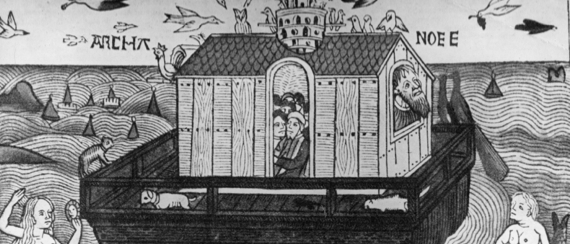University of Washington Professor David Montgomery merges his field of geology with theology. He was on a field expedition in southeastern Tibet when he learned that local villagers there had an oral tradition of an eighth-century flood, which carbon dating later proved. “It got me wondering about how many of the world’s other flood stories might have their roots in geological events,” he said.
He talks with the Harvard Gazette about science, theology, and the current trends in the debates over creationism.
GAZETTE: You’ve said that the roots and origins of geology can be traced back to an attempt to formalize, through rational analysis, the explanation of Noah’s flood. Can you elaborate a little?
MONTGOMERY: I didn’t expect to learn this, but if you read 17th- and 18th-century works from the early days of geological thought, you quickly notice how most frame the interpretation of what one can read in the rocks through the lens of Noah’s flood. In a sense, Noah’s flood was the default theory for what had laid down the rocks and shaped topography. After Nicholas Steno, the Catholic bishop widely revered as the intellectual founding father of geology, developed his principles for reading the rock record, he used them to interpret the story he read as involving Noah’s flood as a key event in the history of the world.
Confident that investigating the geological story using reason would reveal the story of creation, early investigators used Steno’s principles to start reading Earth’s autobiography. In so doing, they found that the world was far older than they had imagined — and eventually showed there was no evidence for a global flood. This, in turn, triggered 19th-century arguments over how to reinterpret the biblical stories of creation and Noah’s flood. And therein lies important roots of the modern conflict between creationism and science.

